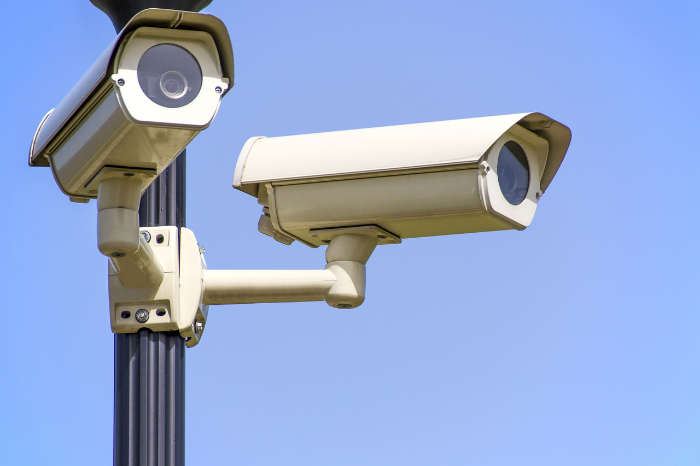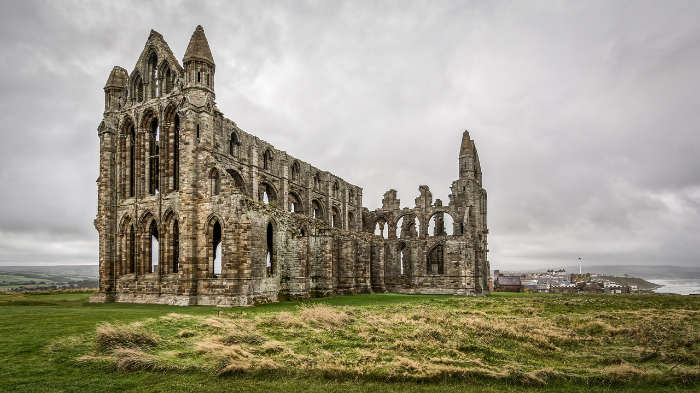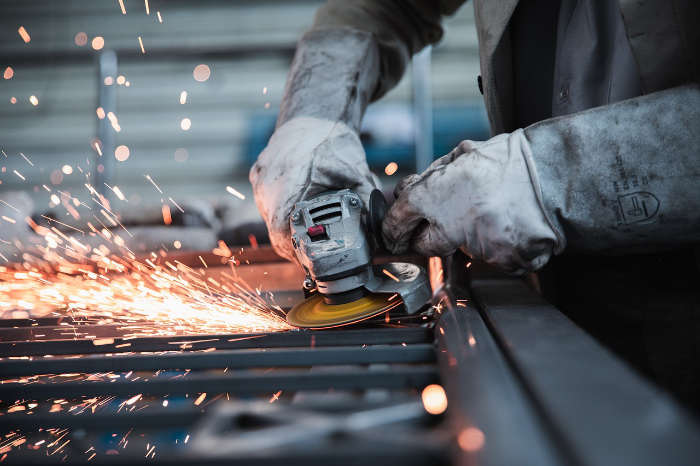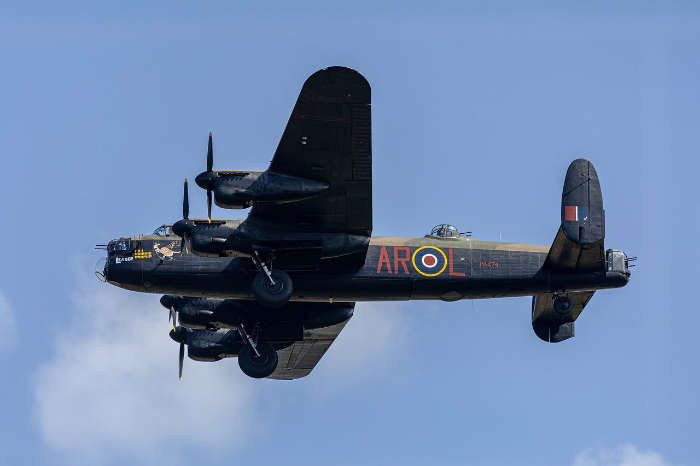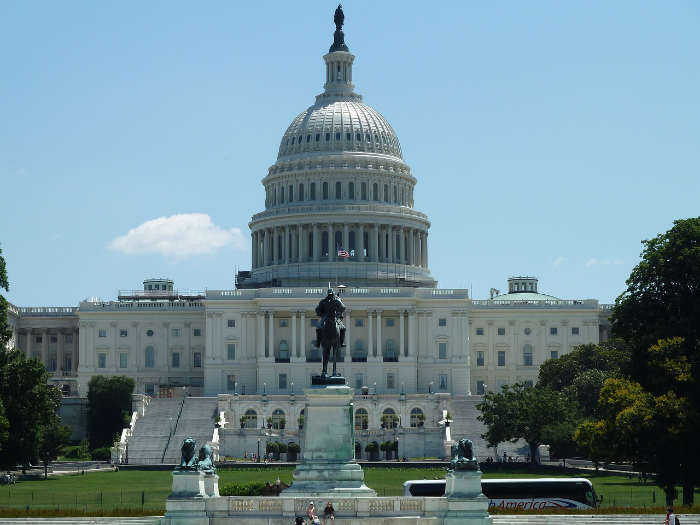Underglow Legal States 2025
Underglow Lighting Legality
State | Underglow Lighting Legality↓ | |
|---|---|---|
| Alabama | Not illegal | |
| Alaska | Not illegal | |
| Arizona | Not illegal | |
| Colorado | Not illegal | |
| Delaware | Not illegal | |
| District of Columbia | Not illegal | |
| Florida | Not illegal | |
| Georgia | Not illegal | |
| Hawaii | Not illegal | |
| Indiana | Not illegal | |
| Iowa | Not illegal | |
| Kentucky | Not illegal | |
| Louisiana | Not illegal | |
| Maryland | Not illegal | |
| Mississippi | Not illegal | |
| Missouri | Not illegal | |
| Nebraska | Not illegal | |
| Nevada | Not illegal | |
| New Hampshire | Not illegal | |
| New Jersey | Not illegal | |
| New Mexico | Not illegal | |
| New York | Not illegal | |
| North Carolina | Not illegal | |
| North Dakota | Not illegal | |
| Oklahoma | Not illegal | |
| Oregon | Not illegal | |
| Rhode Island | Not illegal | |
| South Carolina | Not illegal | |
| South Dakota | Not illegal | |
| Tennessee | Not illegal | |
| Texas | Not illegal | |
| Vermont | Not illegal | |
| West Virginia | Not illegal | |
| Wisconsin | Not illegal | |
| Wyoming | Not illegal | |
| Arkansas | Legal | |
| California | Legal | |
| Idaho | Legal | |
| Kansas | Legal | |
| Montana | Legal | |
| Ohio | Legal | |
| Connecticut | Illegal | |
| Illinois | Illegal | |
| Maine | Illegal | |
| Massachusetts | Illegal | |
| Michigan | Illegal | |
| Minnesota | Illegal | |
| Pennsylvania | Illegal | |
| Utah | Illegal | |
| Virginia | Illegal | |
| Washington | Illegal |
- States whose laws neither ban nor specifially legalize underglow lights are marked as “not illegal”, whereas states whose laws specifically legalize or ban modifications such as underglow lighting are marked “legal” or “illegal”.
- Laws regarding underglow lighting may change at any time. Additionally, underglow lighting may be regulated at the county or local level even in states in which it is unregulated at the state level. As such, data displayed should not be considered legally authoritative. Interested parties are advised confirm legality with local authorities.
What Is Underglow?
When people talk about underglow, they are talking about the lighting effects people place on the bottoms of vehicles. For example, if you have seen a car driving down the road and you see a light underneath the vehicle, you know you are dealing with underglow. In some situations, underglow is almost required, such as airplanes that need to like the ground beneath them. On the other hand, there are situations where cars might have underglow, which can be a significant concern. What do you need to know if you are interested in adding this effect to your vehicle?
Why Do People Like Underglow?
The biggest reason why people like this lighting effect is that it is another way for them to customize their vehicles. You get to customize your vehicle to meet your needs if you decide to put this to work for you. In general, there are two different options available. One option is to use neon tubes for the bottom of your car. If you add certain elemental gases to the tube, you can produce more than 150 colors.
The other popular option is to use an LED light. You can arrange these lights in clusters, which will last significantly longer than neon tubes. Furthermore, they are also considered to be less fragile. They are very bright, and you can tailor them to respond to different effects, such as music.
What Are the Best Colors for Underglow?
Several options are available if you are trying to figure out which color to add to your car. In general, you should try to stay away from blue and red. These are colors commonly used by emergency vehicles, and you do not want to unnecessarily distract any drivers on the road. For similar safety reasons, the illumination around license plates should only be done with white lighting.
In addition, you should stay away from flashing lights. They can be incredibly distracting for people, and you could cause someone to have a seizure on the road. As long as you stay away from these specific effects, you should put yourself in a position to be successful.
Where Is Underglow Legal?
Before you start modifying your vehicle, it is important to look at the local rules and regulations in your area to understand what is legal and what is not. The laws can differ from state to state.
For example, ground effect lighting is illegal if you live in Connecticut, Illinois, Maine, Massachusetts, Michigan, Minnesota, Pennsylvania, Virginia, or Washington. You are not allowed to modify your vehicle in this manner if you do not activate them on public roads. If you do so, you could face significant fines and penalties.
Underglow lighting is legal in Arkansas, California, Idaho, Kansas, Montana, and Ohio. Each of these states has some restrictions. For example, California does not allow lights to be installed within 12 inches of factory-installed lights. Ohio requires lights to be under 300 candlepower.
In any state where underglow is not expressly legal or illegal, it is considered not illegal. As long as precautions are taken regarding light colors and avoiding rotating or flashing lights, underglow should be allowed on vehicles.

